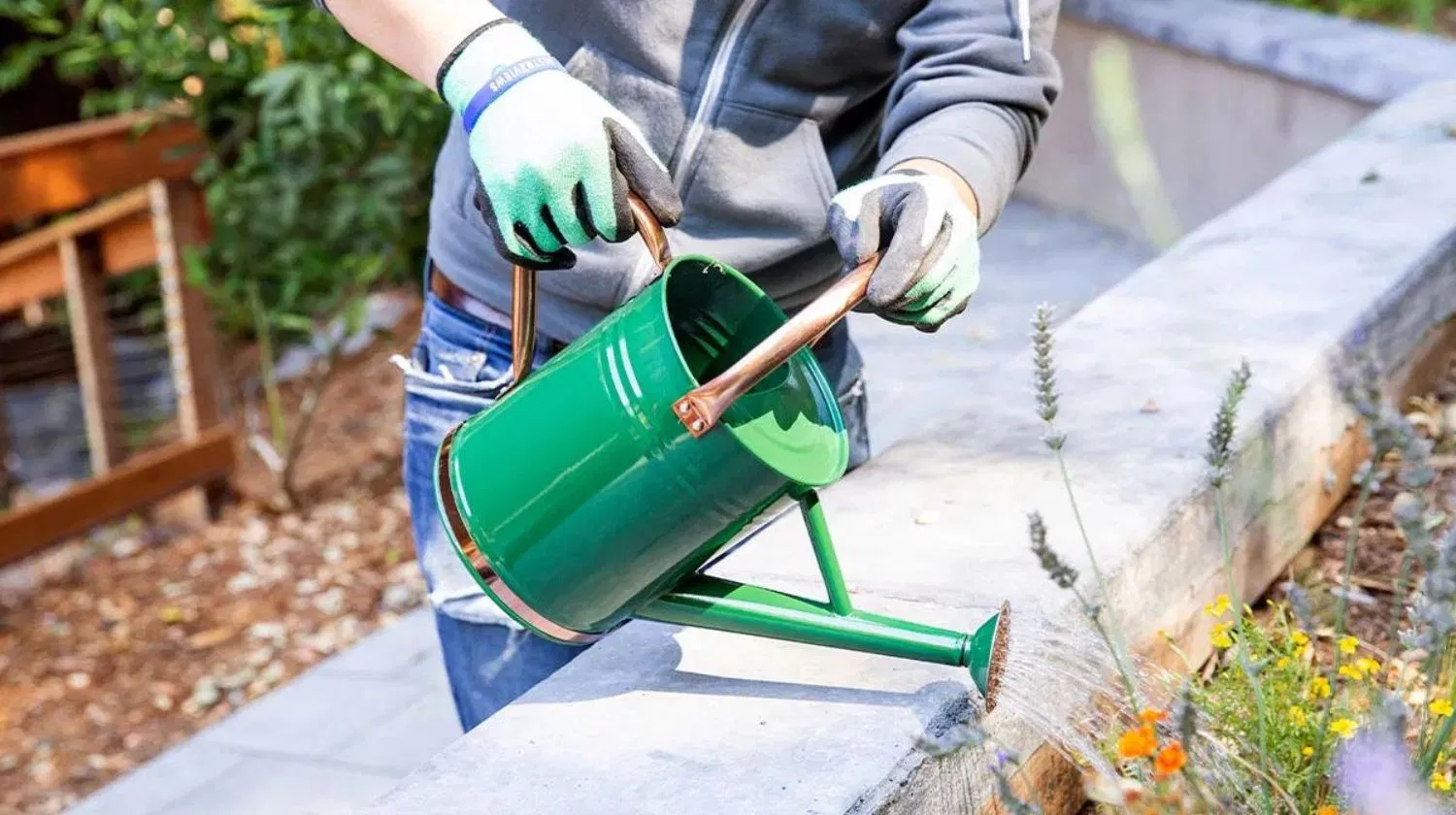All about the chaos gardening trend
Chaos gardening is among the gardening trends that have gone viral on TikTok, with over 8.1 million posts to date. Even experts are on board with this fun, laid-back gardening style. It’s all about finding beauty in disorder, saving you the time and effort of planning and maintaining a typical home garden. This article explores chaos gardening, including tools and tips from watering to caring for seedlings.
In this article: Lifetime Raised Garden Bed Kit, Burpee Premium Organic Potting Soil Mix and Bully Tools 12-Gauge Garden Hoe
Chaos gardening vs. traditional gardening

Chaos gardening throws traditional gardening practices out the window — no planting seeds in neat rows with a precise amount of space between plantings, no carefully planned landscapes — you simply gather your leftover seeds, plant them and see what grows. This laissez-faire approach applies to planting flowers, fruits, vegetables and grasses. For many gardeners, the aim is to achieve stunning visual variety and an explosion of color akin to a meadow filled with wildflowers.
Chaos garden planning ideas
While chaos gardening itself is largely unplanned, you’ll first have to decide where to plant your chaos garden. You may choose to transform your garden beds into a diverse wildflower collection or use hardscaping elements like rocks and gardening pathways to establish a sense of order in the chaos. Planters can be used for a compact and subtle effect while surrounding patio furniture with a chaos garden will create a more picturesque space to relax.
Choosing your plants
Native plants are more likely to thrive in your area, and planting them will result in a low-maintenance and eco-friendly garden. If you’re set on planting fruits and vegetables, keep in mind that they require more frequent reseeding and maintenance. Be aware that planting annuals will mean replacing them and starting over next year. Pay attention to the ideal sunlight conditions for the varieties you wish to plant, as well.
Soil quality must be optimal for growing plants
Seedlings require nutrient-rich, well-draining soil to sprout. If the soil in your garden contains a lot of clay or is overly rocky, be sure to mix in garden soil prior to seeding. Otherwise, you can use a garden rake or hoe to break the top layer of soil before planting or pour a few inches of compost over the soil — no tilling required.
Water your seeds regularly
Seeds must be watered regularly after they are sown in order to sprout. When working with a diverse array of plants, it can be challenging to give them all the right watering needs. To err on the side of caution, opt for watering a little and often — this will minimize the risk of overwatering or underwatering.
